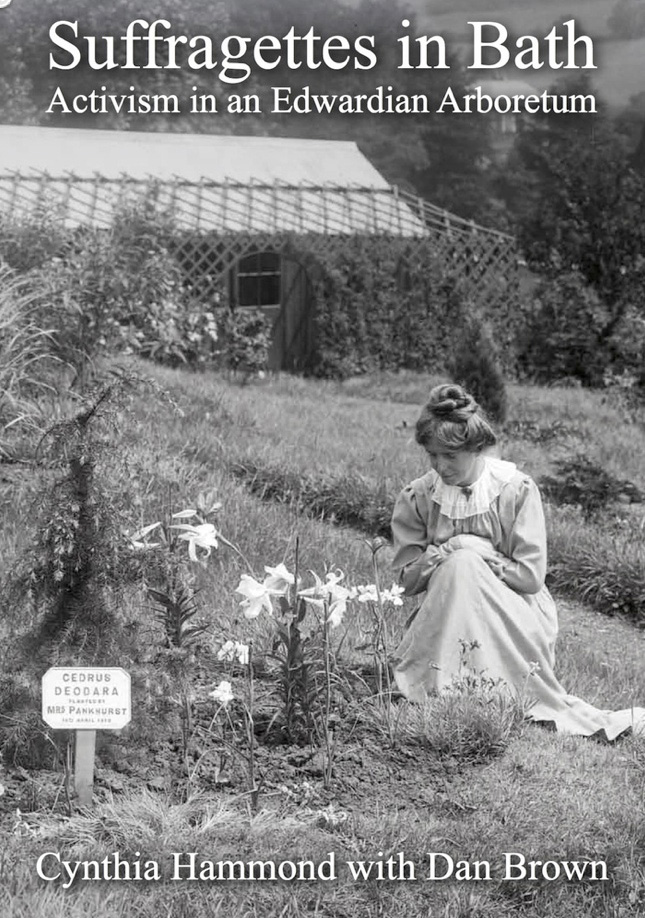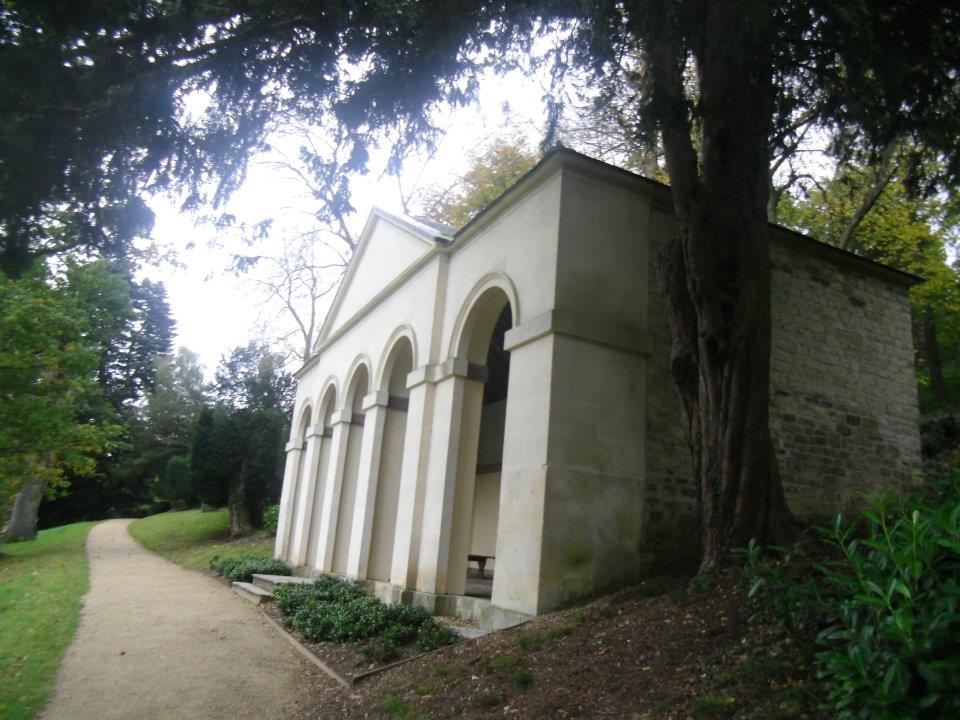Recently, we took advantage of an opportunity to view the newest building on the Newton Park campus, and took the 'Work So Far' tour offered to students and staff. This new academic building has been under construction since 2011, and will be opened in 2014.
From an archivist's point of view, it was fascinating to see the latest expression of academic life which has taken shape on this spot. Richard and I have worked on the archive together since the building work began, and have researched and learned the history of this site as the university landscape alters in front of our eyes. There have been many things on this spot over the years, and many people have come and gone...
The Newton Park site is an ancient one, and remains from over 2000 years ago have been found here. Fragments of Roman floor tiles, discovered during post-war renovation of the Castle building, now reside in the vaults beneath the Roman Baths, where the county archive stores are located. Down there in the tunnels, they lie amidst the stones, carvings and ephemera of centuries-worth of Bath history. (By the way, you can go on tours down there - and they're free to local residents with a free Discovery Card - well worth going! For more details, see the website
http://www.romanbaths.co.uk/whats_on/events/events_calendar/tunnel_tours_and_store_tours.aspx
The Newton Park estate was granted to the Bishop of St Lo (hence 'Newton St Loe') one of William of Normandy's men, after 1066. The Manor is mentioned in the Domesday Book. This family, and then the Nevills, developed the fortified manor house, part of which still stands and are still in daily use. In 1666 the estate was then sold to the Langton family, who, by the 1760s had built the grand house which sits at the heart of the Newton Park campus today.
Joseph Langton completed the development of his new home, with newly landscaped grounds. The work of Lancelot 'Capability' Brown, these grounds perfectly complimented the house, and boasted lakes, a garden temple and all the trappings of a country gentleman's lifestyle.
 |
| A new view of Capability Brown's landscape |
This landscape is, somehow, rediscovered through the medium of a brand-new, state-of-the-art academic building, as from within, some beautiful new vistas are opened up. From each floor, the wide windows present different angles; from the top floor it is possible to see 360 degree views, over the main house, the landscape and the surrounding woods. It is spectacular.
 |
| The view across the valley towards Kelston Round Hill |
In the 1940s, Newton Park passed out of the ownership of the Gore Langton family, and was purchased by the Duchy of Cornwall. It was leased to Bath City Council, who opened it as a women's teacher training college. Gradually over the years, it developed, became independent, and grew into Bath Spa University. It continues to develop - hence the new building, to be followed soon by the new student accommodation. In fact work on these halls of residence began this month...watch this space.
 |
| Richard captures new memories |
The new academic building is positioned on a spot which has witnessed a great deal. In the 1940s there was a small orchard here, and beside it, a tennis court was constructed. Both of these still existed until the 1980s. Adjacent to these, the first men's hall of residence - Hungerford Court - took shape; it opened in 1962.
 |
| Among the trees - the view from the first floor |
These have all formed the foundations of our shiny new building. This seems very fitting. Former students and staff have returned to Newton Park and told us their stories of life in and around the rooms, the corridors and the grounds. Some were sad that the old things had to go to make way for the new, others were accepting of change and the need to move ever-forward. And of course, there are some people who would never want to return to their old haunts, preferring to hold their memories intact. At the archive, we have sympathy with all these views, and only hope that we will always do justice to memories, in all their forms.
 |
| Towards Newton St Loe and Bath |
On the day Richard and I saw inside the new building, most of the people looking around were taking photographs, using cameras, phones or tablets. We were all capturing fresh memories, ready to pass on to the people who follow us...























,+Friday,+November+5,+1762.jpg)
,+January+29,+1762.jpg)


























